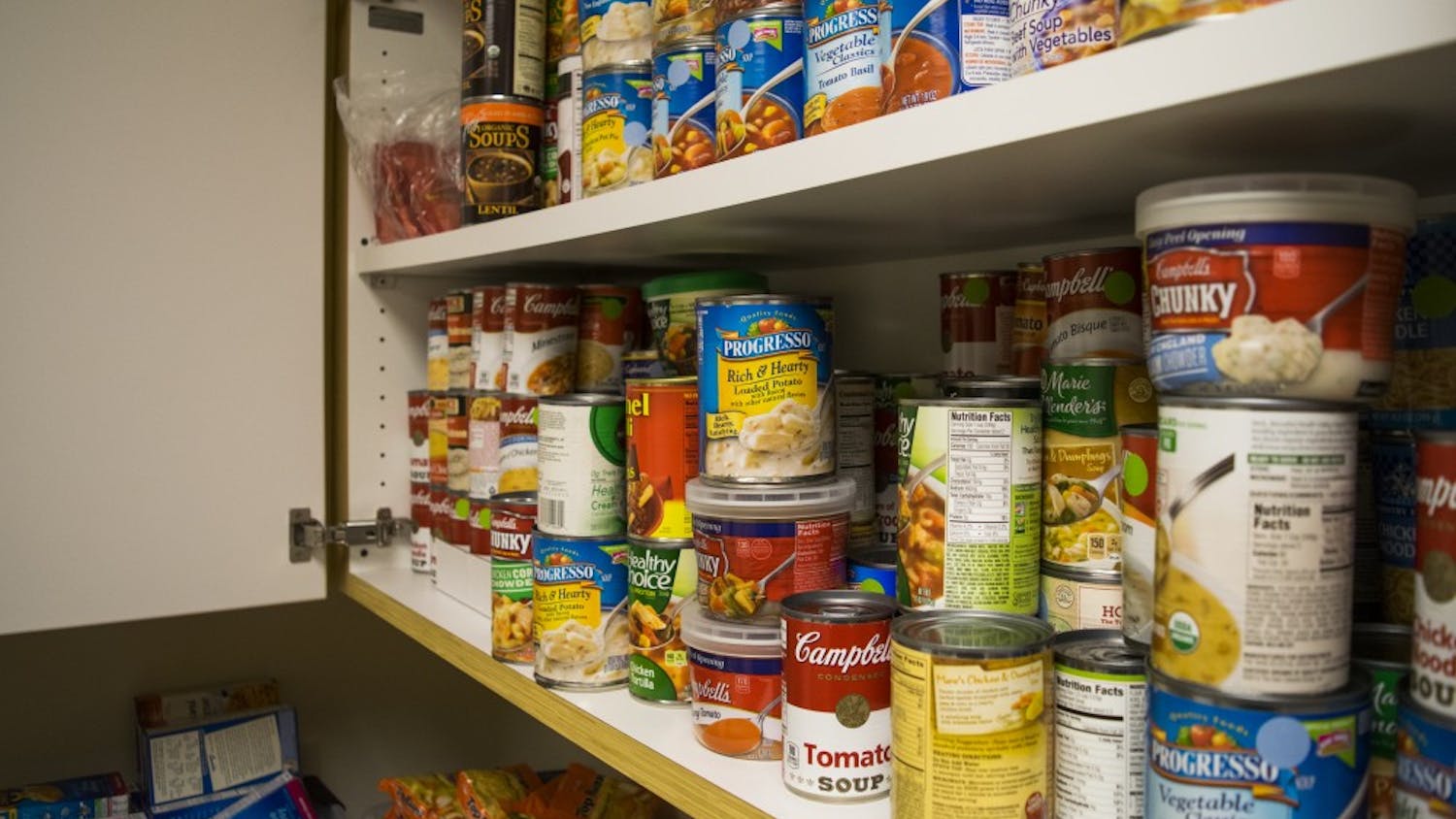Recently, The Associated Press released a commentary on the dangers hospitals, nursing homes and other medical institutions pose in terms of their unused pharmaceutical drugs. More often than not, these drugs are either flushed down a toilet or tossed carelessly into the sink to be washed away. This water, after purification and cleansing, eventually comes back to our faucets. However, traces of those drugs may still remain, and trace amounts can easily enter our bodies and bloodstream the next time we take a drink of water.
To prevent further contamination, tighter waste disposal regulations on medical institutions need to be imposed to avoid the contamination of not only the environment, but also our own drinking water. While the problem affects the entire nation and many parts of the world, monitoring drug disposal methods needs to begin on the state level. The Wisconsin state government needs to step in, take control of the situation and begin drawing out a regulatory plan to prevent the pollution of our lakes, rivers and water supply by pharmaceutical and medical waste.
While extremely diluted amounts of certain drugs can have several adverse effects on aquatic wildlife, such as fish and frogs, researchers have also shown that they can be dangerous to humans as well. Allowing water contamination on this level to continue is wrong, and the government has an obligation to put a stop to it. Although the Drug Enforcement Administration and Environmental Protection Agency both have guidelines suggesting proper disposal methods, but few of the aforementioned hospitals, nursing homes and other establishments follow these guidelines. Why? Because nobody is monitoring these institutions. This is precisely where the government needs to step in.
So what can the government do? First, it could learn a thing or two from the hospitals following the rules. Take, for example, the UW Hospital, which has had a drug disposal system set up for the past five years. According to David Musa, the assistant director of pharmacy at UW Hospital, they have a very simple method of disposing of medical waste that also minimizes the amount actually ending up in the sewer system.
Basically, the hospital keeps color-coded bins in all patient care areas, with each colored bin representing a different type of trash, such as pharmaceutical, chemical, etc. Nurses and hospital staff are also trained and kept up-to-date through yearly orientation on proper disposal methods for all types of medical waste. This disposal method keeps the majority of potential contaminants out of the sewer, but unfortunately, no system is perfect, and UW Hospital is still is forced to put its narcotics into the sewer system. They have to, however, because disposing the narcotics in bins would make them a target for theft. The drugs that do end up in the sewer, though, are not considered a threat to the environment by the EPA.
A simple disposal plan to minimize what actually gets into the environment - and consequently our water supply - could easily be instituted by other medical establishments, and monitoring this should be done by the state. Wisconsin itself has over 200 hospitals, not to mention numerous nursing homes, veterinary clinics and other institutes that generate medical waste. Since each state is already in charge of governing its natural resources and ensuring that its environment stays clean, an extension of its Department of Natural Resources, or synonymous state branch, should monitor the waste generated by hospitals and the like. By screening the waste exiting each medical facility, government officials can ensure that only very low levels of medical waste actually enter the environment.
Contaminating the environment with our drugs is senseless, especially considering how easy it is to dispose of them in cleaner and safer ways. We need to ensure that hospitals and other medical institutes discontinue this pollution, and the only way to do that is to get our state government involved. By punishing those establishments that disregard the state's drug disposal standards and who fail to minimize their pollution of lakes and rivers, we can assure that not only is our environment cleaner, but also that our water supply is uncontaminated and safe to drink.
Ryan Dashek is a junior majoring in biology. Please send responses to opinion@dailycardinal.com.





